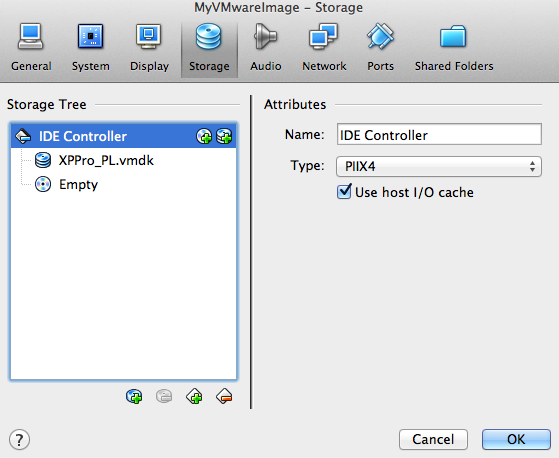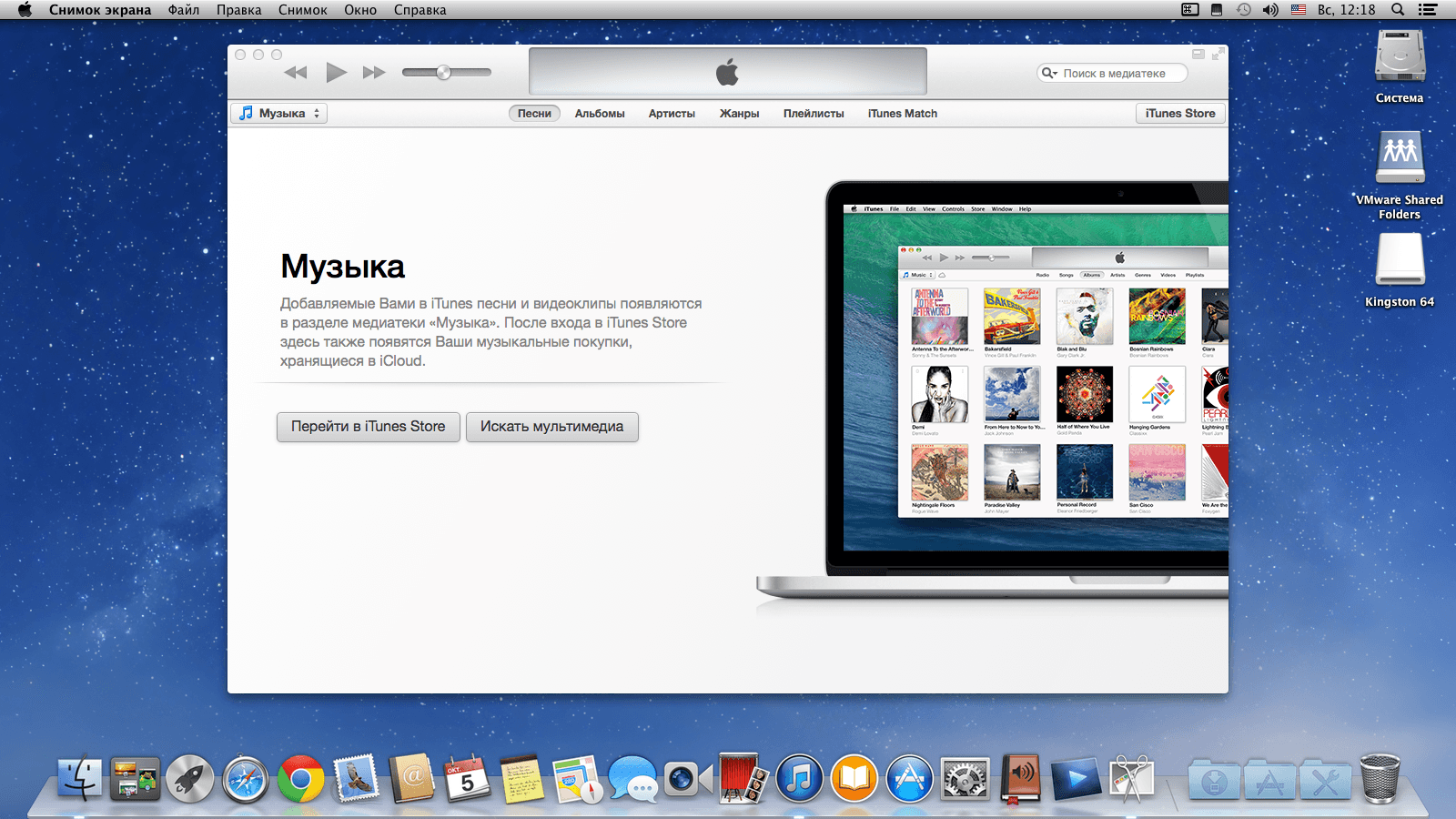

- VMWARE BUNDLE FILES MAC OS X YOSEMITE HOW TO
- VMWARE BUNDLE FILES MAC OS X YOSEMITE 720P
- VMWARE BUNDLE FILES MAC OS X YOSEMITE INSTALL
- VMWARE BUNDLE FILES MAC OS X YOSEMITE PATCH
- VMWARE BUNDLE FILES MAC OS X YOSEMITE ISO
GOS Patching: C:\Program Files (x86)\VMware\VMware Workstation\vmwarebase.dll
VMWARE BUNDLE FILES MAC OS X YOSEMITE INSTALL
I want to install MAC OS X PPC via Qemu and I use below command : qemu-system-ppc. Execute win-update-tools.cmd from the unlocker extracted location. You can also follow that article to upload music files and play them. The VMware unlocker tool has a script to download the latest Darwin VMware tools for macOS. Where can I download the latest VMware tools for macOS on Windows OS?
VMWARE BUNDLE FILES MAC OS X YOSEMITE ISO
Then we can use the pre-installed macOS VMware images or modified ISO files to get Mac OS on VMware. We need to download and run a VMware unlocker to enable the support for macOS on Windows.


VMware workstations or players for Windows do not support Mac OS officially.
VMWARE BUNDLE FILES MAC OS X YOSEMITE HOW TO
How to get Mac OS on VMware – Windows OS?
VMWARE BUNDLE FILES MAC OS X YOSEMITE PATCH
This step will patch the VMware workstation on your Linux computer and support macOS as a guest virtual machine. Execute the lnx-install.sh file from the terminal with the root access. The same Unlocker tool has the installation script for Linux OS. 14:36:06.514 system_profiler Error loading /System/Library/SystemProfiler/SPNVMeReporter.spreporter: Error Domain=NSCocoaErrorDomain Code=4 “The bundle “SPNVMeReporter.spreporter” couldn’t be loaded because its executable couldn’t be located.With these all information, you must have a clear idea of downloading and installing the VMware macOS unlocker on Windows 11/10 and older versions. On Yosemite Preview 6 I get two error messages and the resolution of the Retina display is the max, not the current (I’m running 1920 x 1200) working resolution: To start your Mac OS X guest in QEMU, use the following command line: bin/qemu-system-x8664 -enable-kvm -m 2048 -cpu core2duo,vendorGenuineIntel -machine q35 -usb -device usb-kbd -device usb-mouse -device isa-applesmc,osk'insert-real-64-char-OSK-string-here' -kernel. Thus a Retina display will show what’s currently in use in terms of screen real estate, not the maximum possible resolution of the display. Keep in mind the output shows the active resolution, not the maximum resolution possible on the display. Note that you can skip the grep portion of the command if you’d like, doing so reports back extended display details which can also be helpful. It’s still readable, but it’s a bit cluttered. The command should work in just about every version of Mac OS X, but note that current versions of Yosemite will dump some unnecessary output that should probably be cleaned up with awk if you’re going to use this for scripting.
VMWARE BUNDLE FILES MAC OS X YOSEMITE 720P
If the attached external display is a television, the resolution of the TV screen will be reported as 720p or 1080p too. The cursor is superimposed with a green circle and a plus sign, indicating. If you are moving the bundle to another drive or a network share, Mac OS copies the file automatically. Firstly, you need to download the Mac OS X Yosemite DMG file, then after the downloading is done, therefore, you will see that the file is compressed. Before going to create a VMware virtual machine. If you’re using multiple displays with the Mac, the resolution for each connected screen will be reported back. If you are copying it to the same folder or somewhere else on your hard drive, hold down the option key - this tells Mac OS to copy the file rather than moving it. Download macOS Unlocker for VMware Workstation 11/12/14/15 Mac OS X Yosemite on VMware. $ system_profiler SPDisplaysDataType |grep Resolution Output is easily read and should look something like the following: The usage of sudo is not necessary, but you can prefix the command with it if you wanted to for some reason or another. System_profiler SPDisplaysDataType |grep Resolution The system_profiler command for getting just the resolution of connected displays is as follows, as usual with command line syntax be sure the command is on a single line:


 0 kommentar(er)
0 kommentar(er)
